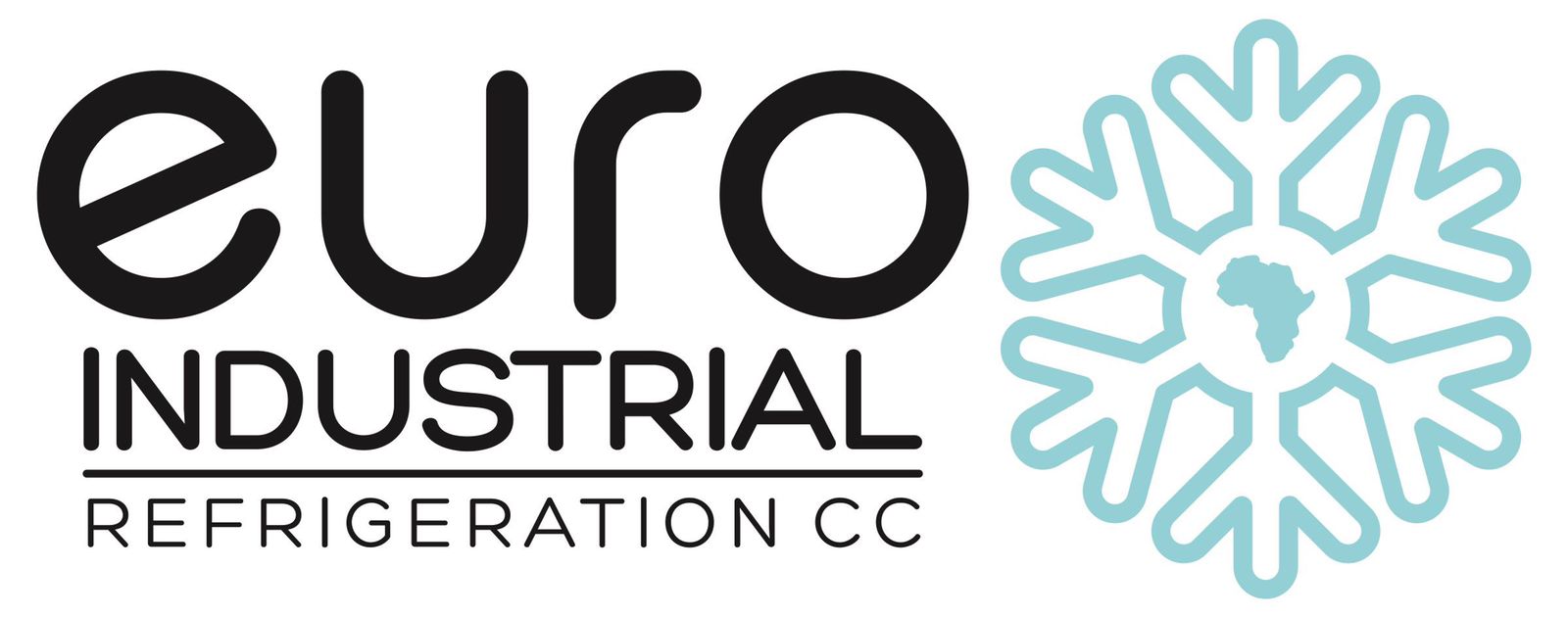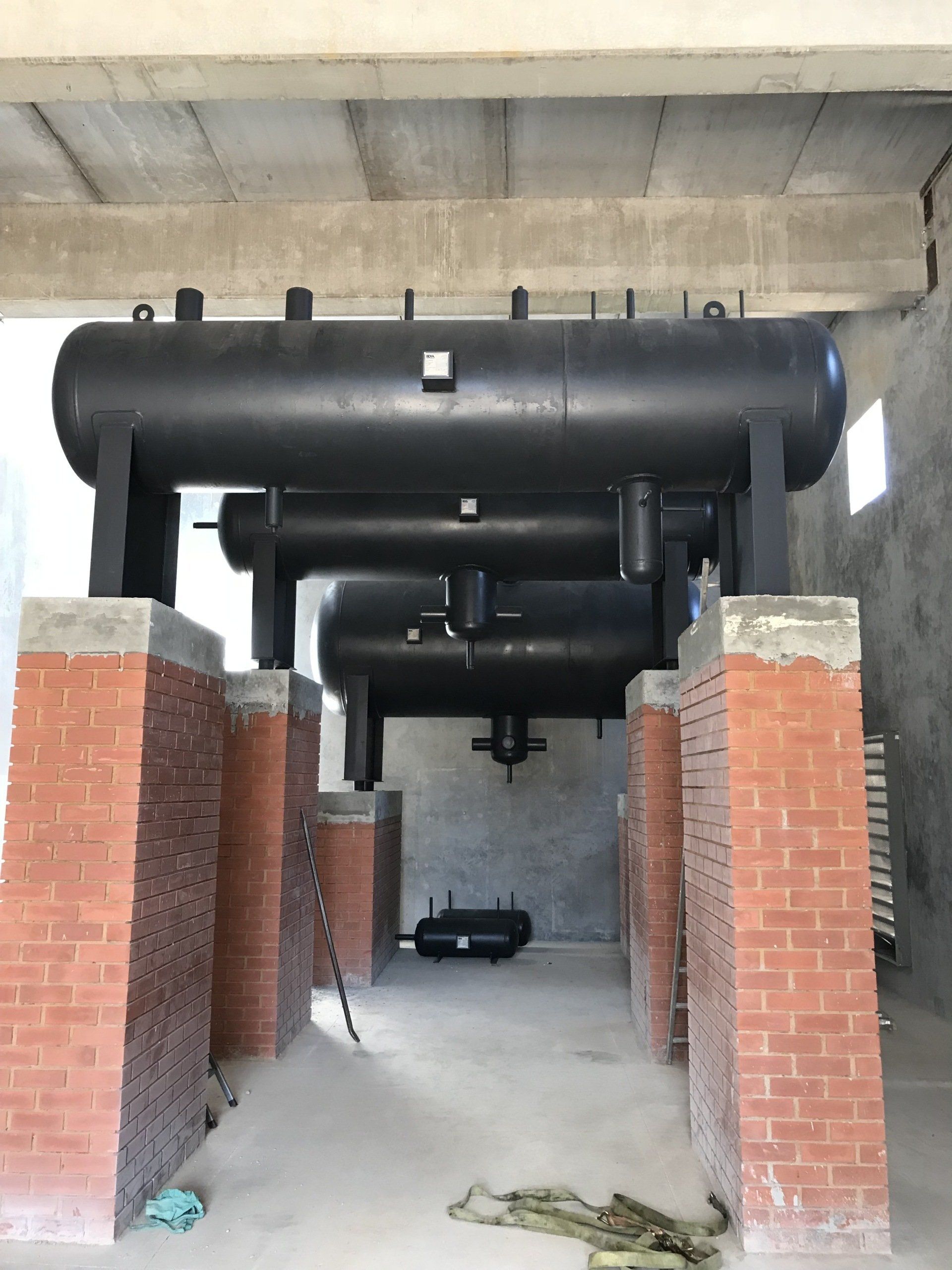NH3 Plant Installation
Single or Two Stage
Stoecker (Industrial Refrigeration, ISBN 0-912524-42-1) suggests that two stage compression should seriously considered for evaporator temperatures below about -20°C (-4°F). In practice, the decision to utilize 2-stage compression has alot to do with the load at both suction temperatures.
If you have a large discrepancy between the high and the low side loads (e.g. really large freezer and small dock or really large cooler and small freezer), then a single stage economized system may provide enough energy efficiency to rule out 2-stage.
When the loads are significant and matching in scale, then a two-stage system may be more appropriate, given the additional first-cost of this type of system. It will be difficult to take into account all of the variables, esp. if it is a true ROI evaluation. It would be useful to simulate a few different system types to see the trends, but every project should be evaluated on it's own merits before settling on a particular design.
Euro Industrial Refrigeration is a good start to getting qualified refrigeration engineers to assist you.
Introduction
The current trend in the ammonia industry is towards large single-line plant capacities is a result of the continuous effort in optimizing and improving ammonia synthesis technology.
Today’s technology has been developed to such an extent, that much larger plant sizes can be built now than in earlier days, due to the improved designs of e.g., primary reformers.
The tendency goes towards installing larger and larger plant capacities, as capacity limits keep going upwards.
Ammonia (NH3)
Ammonia (NH3) is a well-known refrigerant, particularly applicable in large, industrial plants where its advantages can be fully utilized without compromising safety.
Ammonia is renowned for its favorable thermodynamic properties. In a wide range of applications, it outperforms synthetic refrigerants. However, it has a number of drawbacks that have so far prevented the use of ammonia for commercial applications, e.g., material compatibility, toxicity, and flammability.



